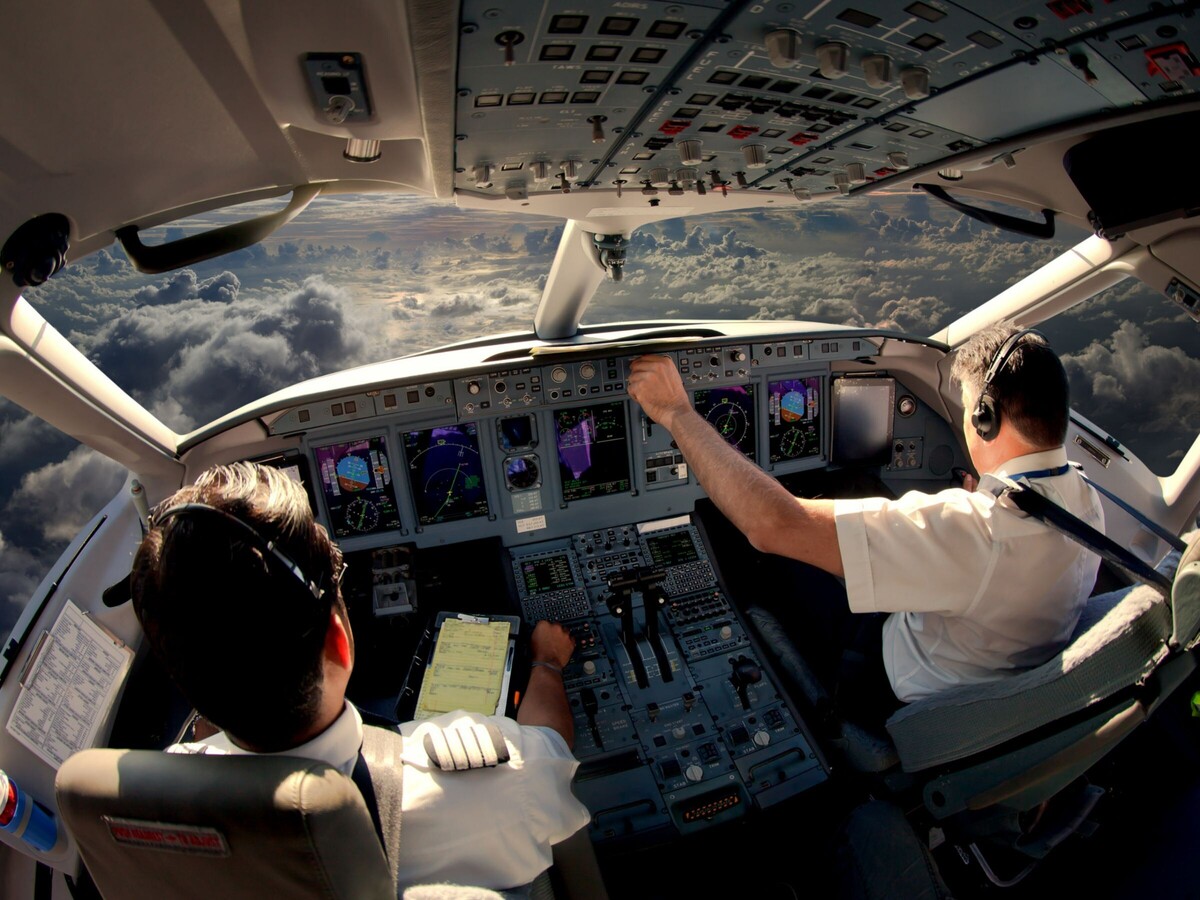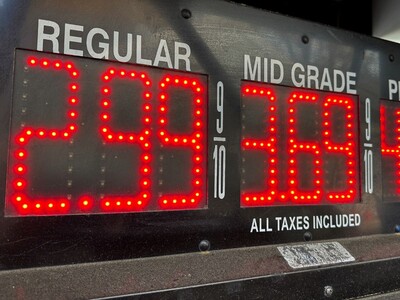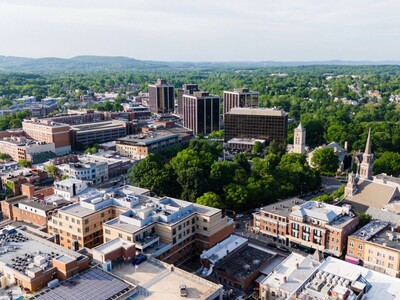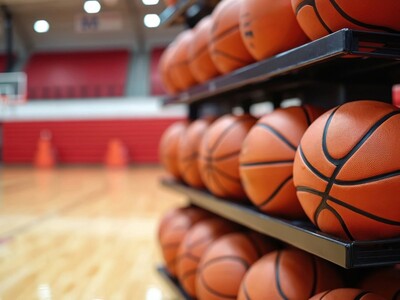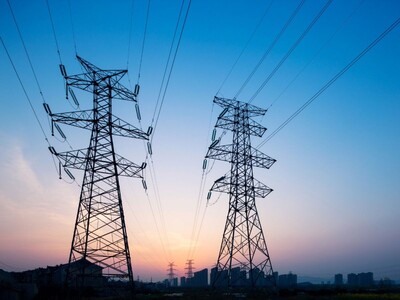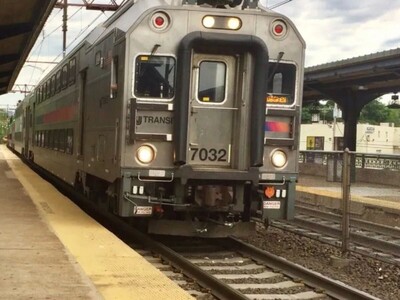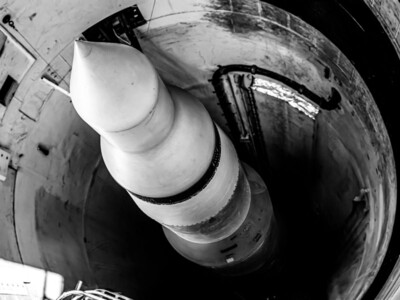FAA Mandates Secondary Barriers in Flight Decks for New Commercial Aircraft
The new Federal Aviation Administration rule aims to enhance in-flight security, following the Biden-Harris Administration's aviation safety priority set in 2021.
In a move to augment in-flight safety, the Federal Aviation Administration (FAA) has issued a final rule requiring the installation of secondary barriers in the flight decks of new commercial airplanes. The added safeguard will serve to protect flight decks from unauthorized intrusion when the flight deck door is open, bolstering the security of both the aircraft and its occupants.
"Every day, pilots and flight crews transport millions of Americans safely - and today we are taking another important step to make sure they have the physical protections they deserve,” said U.S. Transportation Secretary Pete Buttigieg.
This rule comes as part of the FAA's ongoing commitment to enhancing aircraft security.
Aircraft manufacturers are now obligated to incorporate these secondary barriers in all commercial aircraft produced after the rule's implementation. Acting FAA Associate Administrator for Safety David Boulter affirmed the necessity of the regulation, stating, “No pilot should have to worry about an intrusion on the flight deck.”
The mandate aligns with the aviation safety priorities set by the Biden-Harris Administration in 2021. Following the administration's guidance, the FAA proposed the rule in 2022 after seeking recommendations from aircraft manufacturers and labor partners. The newly implemented rule meets a requirement of the 2018 FAA Reauthorization Act.
Summary:
This rule stipulates that certain airplanes used to conduct domestic, flag, or supplemental passenger-carrying operations must have a physical secondary barrier installed. This added precaution is expected to enhance flight safety and provide further protection against unauthorized access to the flight deck.

